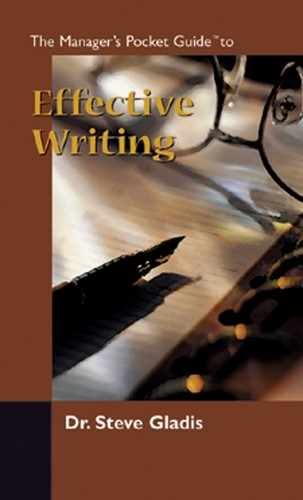Writing Workshop #9
Testing
As a writer, you need feedback before your target audience reads your final product. The testing step will get reactions, raise questions, and further clarify your written piece. By getting reader reactions before you submit the final draft, you give yourself one last chance to revise it for your intended audience.
Objectives
1. To demonstrate the power of groups in the revision process (COACH method).
2. To show the value of expert readers.
Activities
STEP 1
Call together your writing-process group. Give a copy of your draft to each member, then either read your draft aloud or ask them each to read it privately.
Now it’s time for reader response, but first be sure to introduce your critics to the COACH rule system:
1. Commend—speak out about what works well.
2. Be Objective—set aside personal biases.
3. Ask—question what you don’t understand.
4. Be Considerate—remember the author’s feelings.
5. Help—offer suggestions and constructive comments to the author.
STEP 2
Offer your draft to any experts willing to read it. For instance, if the paper is about monetary problems, get an economist and a financial expert to look it over. Make sure they know you’re only interested in their comments about your substantive ideas; you aren’t looking for their help in grammatical editing.
STEP 1: MEETING WITH YOUR
WRITING-RESPONSE GROUP
I’ve developed a small writing response group in my office. Both Jan and Dean are two coworkers I trust. We have agreed to share our drafts. We all adhere to the COACH system and understand that the critiques we give each other are to improve our writing. I gave a copy of my report to each person and asked them to review it and give me their feedback. We sat down for about 15 minutes after they had a chance to look at it. Here’s how the meeting went:
First, they both complimented me on the amount of research I had done. Specifically, they liked the way I integrated opinions taken from written sources with oral comments made by the company expert, M.J. Byte. Because she is well respected by management, they thought her endorsement would add credibility to the project. Both added that they thought the project was worthwhile and plausible, and once again praised my foresight and ideas.
Next, they asked me a few questions. First, why didn’t I include headers in the text to make it more readable? I told them I forgot, and said I would add them in the next draft. Second, they asked if I had considered having a synopsis up front for the boss. I told them I considered it early on and just forgot it. Third, they asked if I wrote the last draft in two sections. They noted that while the writing in the first half was well done, it seemed to deteriorate somewhat as the memo went on. I admitted that I pushed myself to write the last part late at night and hadn’t written it with as much care as I had the first section.
In sum, they suggested that I introduce the memo with a synopsis, add headers, and edit the last part of the draft very closely. I thanked them for their comments and took their edited copies for later referral.
STEP 2: SEEKING SUBSTANTIVE CORROBORATION
I offered the same draft to Mary Jane Byte, our computer expert, to ask for her input. She advised me that the computer hardware, which I had overestimated at $20,000 based on an article from Computer Match magazine, would in fact probably cost only $15,000. She showed me various documents that supported this, and I changed my figure to $15,000.
